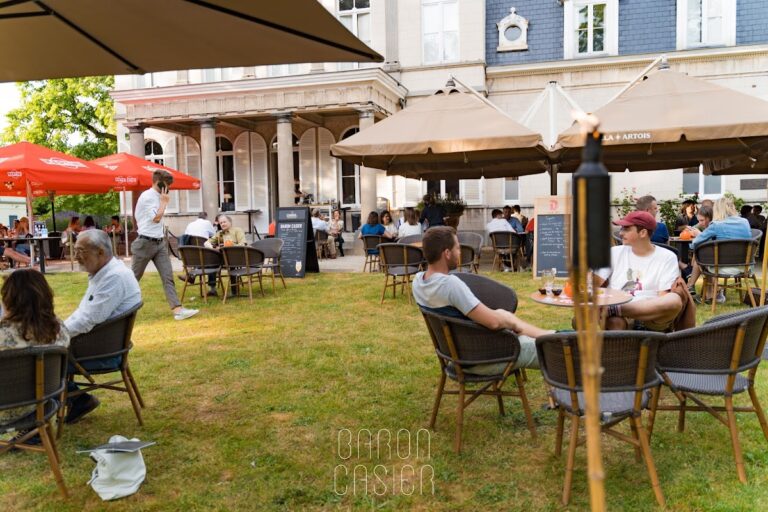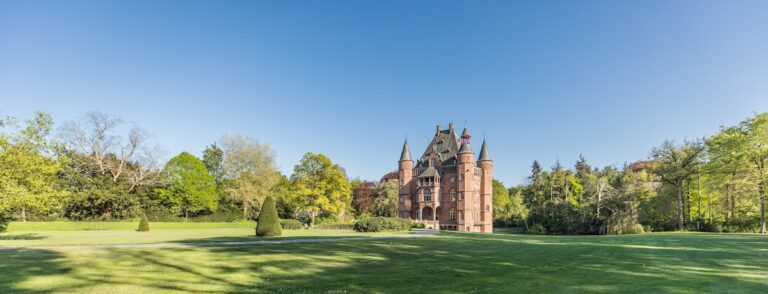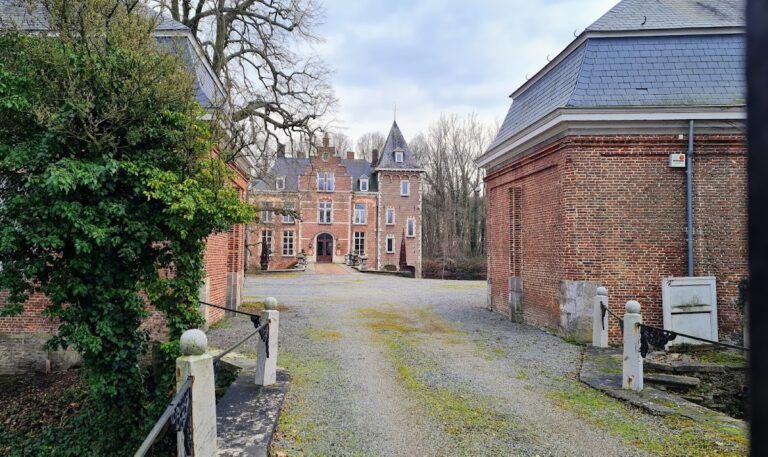Poeke Castle: A Historic Medieval Fortress in Belgium
Visitor Information
Google Rating: 4.3
Popularity: Low
Google Maps: View on Google Maps
Official Website: www.samenherbestemmen.be
Country: Belgium
Civilization: Unclassified
Remains: Military
History
Poeke Castle is situated near the small town of Poeke within the municipality of Aalter in modern-day Belgium. Its origins trace back to at least the early 12th century, though the exact date of the original fortress remains unknown. The site was established by local nobility tied to the medieval County of Flanders, a prominent principality in the region.
The castle first enters the historical record in 1139 and soon became a strategic stronghold for the lords who held it as loyal vassals of the Count of Flanders. During the turbulent late 14th century, Poeke Castle played a key role in a conflict between Count Louis II of Flanders, known as Louis de Male, and the city of Ghent. In 1382, following the castle’s capture by the Ghent militia, Eulaard II of Poeke died while leading efforts to stop their advance, highlighting the castle’s military significance at the time.
Family alliances further anchored Poeke Castle in regional politics. Notably, Eulaard III’s second wife, Anastasia d’Oultre, later married Robert of Flanders, an illegitimate son of Louis de Male, weaving the castle’s proprietors into the count’s extended lineage. The mid-15th century saw renewed conflict when Ghent revolted against Duke Philip the Good. During this uprising in 1452–1453, Ghent forces seized the castle and Jacques de Lalaing, a distinguished knight of the Order of the Golden Fleece, was killed defending it. The duke ultimately recaptured and destroyed the fortress in July 1453, executing 87 captured rebels, demonstrating the castle’s enduring strategic importance.
Following this destruction, the castle lay in ruins for over a century. Ownership changed hands several times after the death of Jean III of Poeke in 1563, moving to the de Mastaing family, and subsequently being sold in 1588 and 1597 to Philibert Delrye and Jean de Preudhomme of Lille respectively. Some reconstruction took place under Marc-Antoine de Preudhomme d’Hailly between 1658 and 1671, although the full extent of these early renovations remains unclear. A more substantial rebuilding effort occurred later in the 18th century, led by Charles Florent Idesbald de Preudhomme d’Hailly, baron of Poeke, who worked on the castle between 1743 and 1752.
In 1872, ownership passed to Baron Victor Pycke de Peteghem, who carried out extensive renovations, altering both the building and its gardens until 1875. These improvements included raising the roof and redesigning the interiors. The park was also transformed from its original French garden style into an English landscape garden during this period. A notable addition was a large, heated kennel for hunting dogs, built in 1881, reflecting the estate’s use for leisure and sport.
The castle remained a private residence until the mid-20th century when Baroness Ines Pycke de Peteghem bequeathed the estate in 1951 to the National Work of Catholic School Colonies. After her death in 1955, the property was adapted to serve as a center for troubled children. Later, in 1977, it became municipal property, hosting cultural events. Most recently, in 2021, the municipality of Aalter transferred ownership of Poeke Castle to the Flemish government for a nominal price. The castle and surrounding park have been officially protected as a historic monument since 1943, with the estate’s landscape recognized for protection since 1978.
Remains
Poeke Castle is constructed on a 15-meter-high elevation surrounded entirely by water, creating a natural defensive moat. Access to the castle is controlled by bridges on both the front and rear sides, emphasizing its fortified nature. The water and elevated position form a classic medieval defensive arrangement, indicative of the castle’s role as a stronghold.
The estate encompasses a large park of 56 hectares laid out around a central axis from which multiple avenues once radiated. These paths linked the castle grounds with the surrounding landscape and local communities, including churches in Poeke and nearby villages such as Lotenhulle, Ruiselede, and Aalter. Over time, many of these avenues disappeared due to periods of neglect and deforestation, particularly when the castle’s owning families were in decline.
Significant 19th-century renovations altered much of the castle’s visible fabric. Between 1872 and 1875, the existing third floor was integrated into a higher roof structure, and the interiors were extensively remodeled. These changes resulted in the near-total absence of any surviving elements from before this period within the castle itself. In tandem with architectural updates, the gardens were converted from their original French formal style to an English landscape garden, embracing naturalistic layouts and informal plantings characteristic of that style.
Within the park stands a large, circular kennel built in 1881 to house hunting dogs. This structure features a heating oven nearby, ensuring warmth for the animals during colder months and reflecting the estate’s function as a center for hunting activities. The kennel remains a notable component of the grounds.
The estate’s well-preserved historic and aesthetic qualities have made it a sought-after location for film and television productions from 1991 through 2025, underscoring both the integrity and the ongoing maintenance of its architectural and landscape features. Poeke Castle’s combination of defensive water surrounds, elevated position, historic park layout, and 19th-century architectural transformations provide a rich, tangible record of its layered history.










